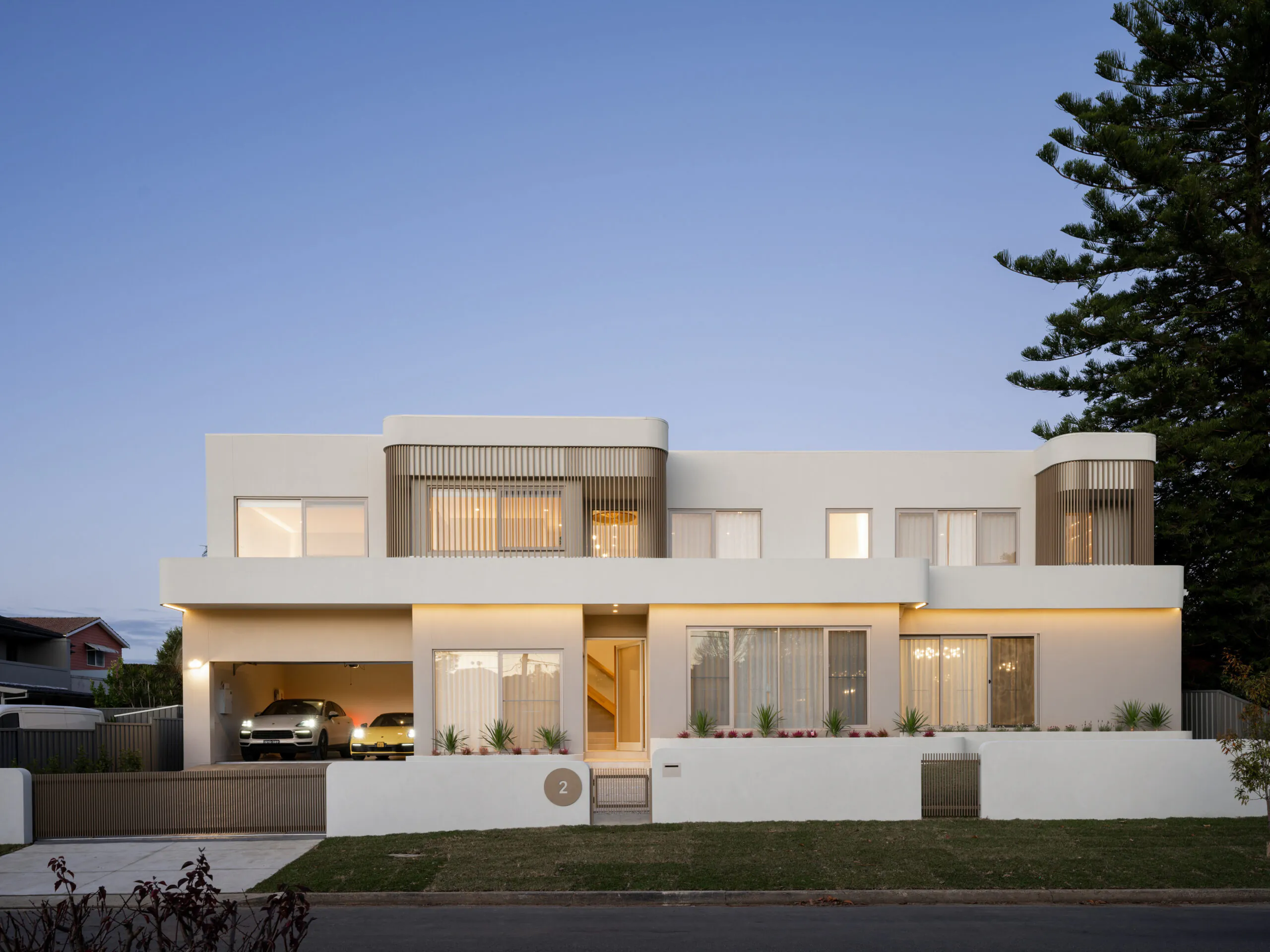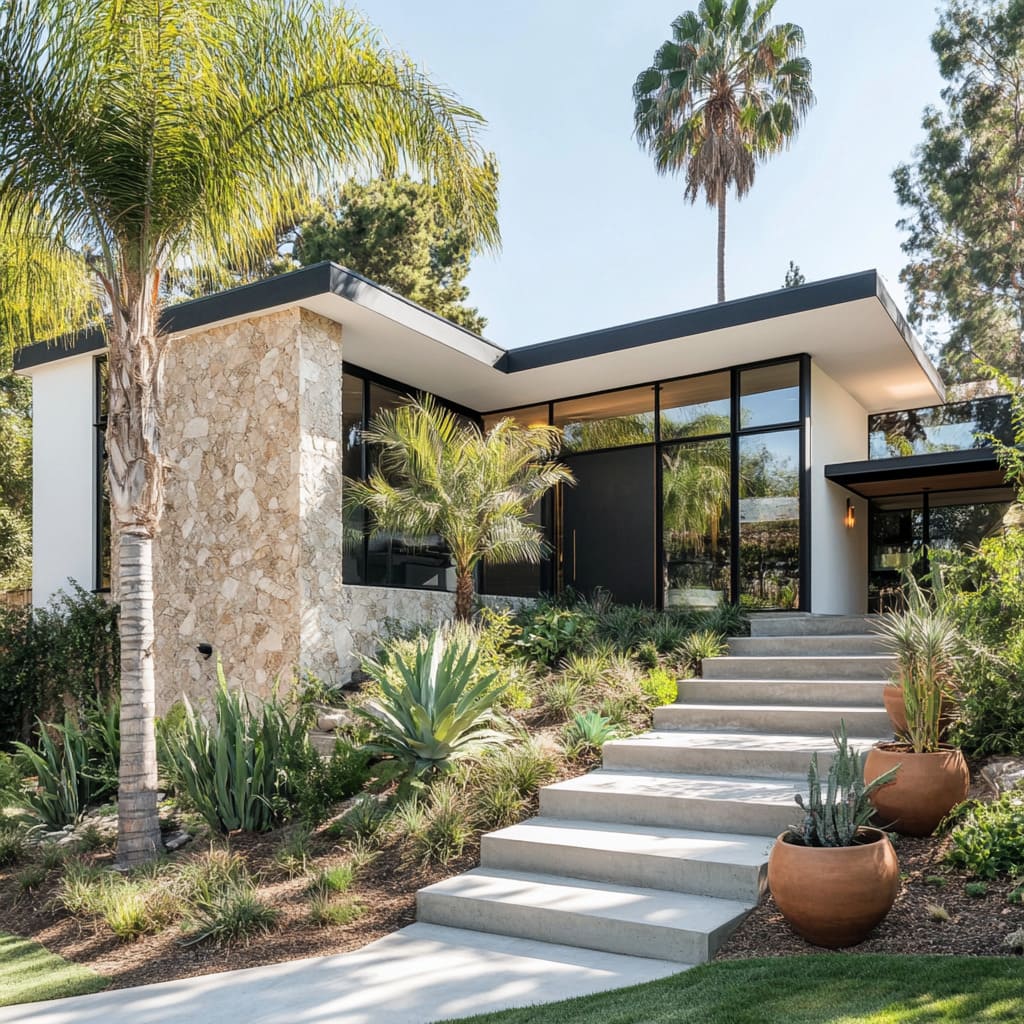Investor Exit: Why Condo Investment Sales Have Collapsed in BC
How the Gold Rush Ended
For fifteen dizzying years, the condominium was British Columbia’s unofficial retirement fund, speculative play, and immigration gateway. Leveraged investors—from basement-suite landlords to offshore capital pools—treated pre-sales like call options on ever-rising land. By late 2021, concrete in downtown Vancouver cost $1 800 a square foot, yet units sold out in a weekend.
Fast-forward to mid-2025:
Presale assignments languish on Craigslist at the original purchase price—sometimes lower.
Q1 2025 resale volume for strata apartments fell 42 % year-over-year, the lowest since the 2008 credit crisis.
Construction lenders have pulled term sheets, forcing developers to pivot to rental or shelving towers completely.
What triggered this volte-face? The collapse is not a single-cause event but a perfect-storm convergence of five structural shocks. This two-part deep dive dissects each factor, cross-examines data sets from CMHC, the Land Title Survey Authority, and private MLS feeds, and weaves in human narratives to explain why the investor’s love affair with B.C. condos has soured—and what that means for every stakeholder in the housing ecosystem.
A Decade of Speculation: 2013-2021 in Retro-Scope
Before we autopsy the collapse, we must revisit the frenzy:
Year | Key Catalyst | Condo Price Y/Y | Investor Share of Purchases* | Bank Prime Rate |
2013 | QE spill-over, low CAD | +6 % | 26 % | 3.0 % |
2016 | Foreign-buyer influx pre-tax | +19 % | 39 % | 2.7 % |
2018 | Stress-test B-20 (dip) | –4 % | 30 % | 3.8 % |
2020 | Pandemic rate cuts | +12 % | 42 % | 2.45 % |
2021 | FOMO & crypto wealth | +16 % | 44 % | 2.45 % |
*Investor share = units not owner-occupied within 12 months of registration (CRA/StatCan method).
Speculative capital fed on itself: rising equity enabled re-advance HELOCs, which financed new presales, which pushed benchmark prices further. Policy warnings from CMHC were largely ignored while rates stayed near zero.
Numbers Don’t Lie: Tracking the 2022-2025 Slide
Resale condo benchmark (REBGV): peak $844 k (Aug 2022) → $765 k (Jul 2025), –9.4 %.
Presale absorption (UrbanAnalytics): 71 % (2021) → 27 % (2024) → 22 % (H1 2025).
Assignment listings: up 390 % Y/Y; median asking discount 5.8 %.
Construction starts (CMHC): concrete starts down 46 % YTD Metro Vancouver; Victoria down 52 %.
Foreclosure filings: strata-specific petitions Q2 2025 = 608 (highest since 2009).
Behind every data point sit thousands of investors confronting negative cash flow, appraisal shortfalls, or renewal shocks. We unpack the forces chipping away at their calculus.
The Five Structural Shocks
Interest-Rate Tsunami
The Bank of Canada’s 500-bp tightening cycle ripped the foundational math:
Monthly carry on a $550 k variable mortgage (insured) jumped from $1 690 to $2 930.
Stress-test hurdle rose from 4.79 % to >9 %, excluding first-time investors from bank financing.
Many leveraged owners rolled into one-year fixed terms at 5.9 % in early 2024, betting on pivots that never arrived. Renewals are now hitting 6.7 %; delinquency queues swell.
Policy Clampdown & Tax Drag
Between 2018 and 2025, all three government tiers launched measures:
Policy | Level | Direct Investor Impact |
Spec/Vacancy Tax | Provincial | 2 % levy on empty value; hurts Airbnb investors. |
Anti-Flipping Rule | Federal | Gains <12 mo taxed 100 % as income. |
Short-Term Rental Ban (3-year rule) | Municipal (Van/Vic) | Eliminates high-yield STR model during first 36 mo. |
Foreign-Buyer Ban ext. to 2027 | Federal | Wipes out certain equity-rich demand tier. |
Compound effect: exit ramps closed, entry ramps narrowed.
Presale Negative-Equity Trap
Roughly 42 000 presale condos sold in 2021-22 will complete 2025-27. Soft prices mean appraisal gaps averaging $45 k per unit.
Buyers face three bad options:
Inject cash to close (burn liquidity).
Assign at a loss (find few takers).
Default (lose deposit, risk lawsuit).
Secondary lenders swoop with 10-12 % bridge loans, but negative carry remains. Some developers quietly agree to price haircuts, but precedents risk pro-forma contagion.
Institutional Capitulation
Pension-fund buying dried up as cap-rate spreads collapsed. Boards now favour purpose-built rental where they control yield via rent escalators. Condo absorption risk deemed untenable.
Oxford & QuadReal paused all forward-purchase term sheets in B.C. after Q1 2024. Their retreat removes bulk-buy market depth, pushing per-unit marketing costs higher for developers.
Psyche Shift: From FOMO to Fear
Google search queries “buy presale Vancouver” down 54 % Y/Y, while “real estate crash Canada” up 78 %. Telegram investor groups once hyping floor releases now share exit-strategy flowcharts.
Regional Breakdowns
Vancouver Core
West-End luxury stalled first; $3 000/ft² units now offer BMW giveaways. Investors worry about taxes, rent caps, and oversupply of small luxury studios.
Fraser Valley
Sub-$700 k product still sees end-user demand, but investor deals vanish. Surrey’s King George district has 3 000 assignments listed—largest ever.
Okanagan
Kelowna boomed on AirBnB speculation; provincial STR crackdown drove 1 200 investor listings onto MLS. Price declines outpace Metro.
Vancouver Island
Victoria’s condo market most policy-impacted: STR ban + vacancy tax. Transaction volume halved; purpose-built rental surges instead.
Human Stories: Four Investors, Four Exit Paths
Investor | Bought | Strategy (2021) | 2025 Reality | Exit Move |
“Lisa & Raj” Burnaby tech couple | 2-bed presale, Brentwood, $849 k | Airbnb + long-term hold | Appraisal $780 k; STR ban; P&I $4 100 vs. rent $2 650 | Took $20 k deposit loss, walked from contract |
“Gary” Surrey electrician | 1-bed assignment flip, King George, $589 k | Sell before completion | Asking $569 k since Feb; no takers | Closing with 12 % private money; negative cash flow |
“Mei-Ling” Retired Richmond land-lord | 3 downtown studios (2016) | HELOC-funded 2 more units | HELOC rate 7.4 %; monthly carry +$5 600 | Listed two; price 6 % below peak; probates reverse mortgage |
“Suraj & Partners” Calgary syndicate | 12 Kelowna Airbnb units | STR cash-cow, refinance | STR ban; 40 % vacancy; refinance rejected | Pivoting to mid-term student leases, 18 % revenue drop |
Each story reveals a common thread: leverage or regulatory change erased the profit narrative faster than many could adapt.
Developer & Lender View: Capital Stack in Peril
Pro-Forma Carnage
Pro-forma internal rate of return (IRR) targets for concrete towers once sat at 12-14 %. Rising materials and financing costs plus sluggish presales have crushed them below 8 %—sub-hurdle for most equity partners.
Bank Red Lines
Covenant | 2021 | 2024-25 |
Presales required for first draw | 50 % | 65-70 % |
Loan-to-cost | 80 % | 60-65 % |
Interest-reserve top-up | 6 mo | 12 mo |
If presales stall at 30 %, equity must triple or projects pause. Wood-frame rentals, backed by CMHC MLI-Select insurance, now dominate permit applications.
Consequence: Land Write-Downs
Analysts at Avison Young note Metro Vancouver development sites purchased at $425 FAR in 2021 are trading—when they trade at all—closer to $260. Seller financing, earn-outs, and joint-venture “rescue capital” appear daily.
Construction & Labour Fallout: Cranes Down, Jobs at Risk
Concrete-start index (BC Construction Assoc.) signals a 46 % drop YTD.
Union calls for tower-crane operators are down from 110 per quarter (2022) to 43.
Specialized subcontractors—glazing, HVAC—report backlogs evaporating post-2025 as pandemic mega-starts top-out.
One journeyman ironworker in Surrey sums up: “We poured like crazy for three years. In six months the only cranes could be rentals.”
If new-tower starts do not revive by mid-2026, BuildForce forecasts 14 000 skilled jobs could vanish or migrate to Alberta and the U.S.
Ripple Effects on Renters & Social Equity
Short-Term Relief
Failed assignments and defaulted presales sometimes flow to the long-term rental pool. July 2025 vacancy nudged from 0.9 % to 1.4 % in Metro—first uptick since 2016. Rents flattened, even dipped 2 % for micro-studios downtown.
Long-Term Risk
With multi-family starts plunging, completions will crater 2027-29. Absent replacement supply, today’s modest rent dip is tomorrow’s spike. Think 2014’s lull that birthed 2017’s 20 % annual rent surge.
Inequality Feedback Loop
Speculation crash hurts smaller leveraged owners most; institutional landlords pivot to rentals and gain share. Wealth consolidates while aspiring first-time buyers wait—again—for prices to return to income multiples they can actually reach.
Global Context: Parallel Downturns & Divergent Policies
Market | Rate Spike | Investor Clamp | Price Drop | Government Response |
Sydney | +430 bp | Stricter debt-to-income caps | –9 % | Shared-equity schemes, build-to-rent tax cuts |
London | +350 bp | 3 % second-home stamp duty | –7 % | Extend Help-to-Buy only for FTBs |
Toronto | +475 bp | Foreign-buyer ban, anti-flip | –11 % | Ontario faces similar presale glut |
Phoenix | +475 bp | None | –3 % (inventory low) | Stateside supply still lagging |
B.C. looks most like Sydney—rapid investor retreat, rental crunch ahead, pivot to institutional BTR (build-to-rent) models.
Policy Forks: Five Choices for Victoria & Ottawa
Cap-rate Bridge Financing
Provincial low-interest loans for projects at 50-60 % presales, conditional on minimum 20 % rental units.Targeted GST Rebate
Full GST exemption on long-term rental towers, offset by higher tax on vacant strata.Land-Value Capture
Municipal density bonuses traded for true deep-affordable units, not just cash CAC that may never build.HELOC Risk Re-Test
Relax some B-20 rules for amortized rental cash-flows but clamp harder on speculative draw-and-buy behavior.Investor Education + Exit Mediation
A CMHC-run assignment marketplace to match distressed sellers with buy-to-rent funds, preventing mass default.
Each choice carries trade-offs: moral hazard, fiscal cost, political heat.
Scenario Forecasts 2025-2028
Scenario | Probability | Condo Price Path | Rental Vacancy | Construction Starts | Key Drivers |
Hard Landing | 25 % | –20 % from peak, overshoot | ↑ to 3 % then ↓ | –60 % | Recession + high rates stick |
Controlled Glide | 50 % | –12 % then flat | ↑ 0.5 % | –40 % | Rates ease 2026, policy tweaks |
Mini-Boom | 25 % | –5 % then +7 % | back to 1 % | v-shaped | Rapid rate cuts + investor return |
Our base case (Controlled Glide) assumes Bank of Canada trims policy rate to 3.25 % by late-2026, stabilizing cash flow enough for selective investor re-entry and cautious lender green-lights.
The Next Cycle Starts with Truth
The condo-investment machine in B.C. isn’t merely paused; critical cogs—cheap leverage, easy appreciation, policy leniency, euphoric sentiment—have sheared off simultaneously. Investors exit because the spreadsheet no longer enchants, the taxman looms, and the psychological switch flipped from greed to risk aversion.
For builders, that means recalibrating to rental, co-op, and smaller wood-frame; for labour, it demands re-skilling or travel; for policymakers, honesty: you can’t punish speculation and still expect speculative capital to bankroll tomorrow’s supply without providing a new path to viable returns.
Whether B.C.’s housing ecosystem lands softly or crashes depends on shared acknowledgement of the old model’s limits and a swift, coherent pivot to one that delivers shelter as the primary outcome and speculative gains, at most, a distant second.
Until then, the investor exit sign will keep glowing over condo showrooms—from Coal Harbour to Kelowna—reminding us that in real estate, sentiment is a staircase on the way up and an elevator on the way down.




























